Josef Babich was born in 1894 in Dalmatia, then part of the Austrian-Hungarian Empire.
He left Dalmatia at 14 years of age.
Dalmatia is a province of the central Adriatic coast of Croatia.
For centuries it was exploited by the city-state of Venice and the Austro-Hungarian empire. Opportunities for illiterate peasants,
living on rocky islands and a ribbon of fertile coast,
were limited to subsistence farming, grape-growing, quarrying, fishing and seafaring.
In the 1880s a population increase put pressure on scarce land.
In 1892 Austria-Hungary signed a trade agreement with Italy that excluded Dalmatia.
Around the same time the pest phylloxera arrived in Dalmatia, decimating vineyards.
In search of better opportunities, men sailed for the far corners of the world.
Many were also escaping the Austrian army’s conscription, introduced in 1881.
The first Dalmatians in New Zealand probably arrived via the Californian and Australian goldfields.
By the early 1860s they were prospecting South Island diggings.
In the 1880s some began pulling golden kauri gum from Northland’s gumfields.
Wayfarers returning home described ‘Nova Zelanda’ as a land of good prospects.
Josef planted some vines in Herekino, near the gum fields.
These were successful and he moved to West Auckland.
During WW1, Josef was declared an alien
and forced to work for soldier’s pay on land clearance, drainage, and road and rail projects.
All the while, he tended his vines.
He met Mere Brennan at a Church picnic.
They married in 1913,
and had 5 children:
Luka b. 1915
Marta b. 1917
Dominik b. 1919
Mia b. 1921
Jakov b. 1923.
He left Dalmatia at 14 years of age.
Dalmatia is a province of the central Adriatic coast of Croatia.
For centuries it was exploited by the city-state of Venice and the Austro-Hungarian empire. Opportunities for illiterate peasants,
living on rocky islands and a ribbon of fertile coast,
were limited to subsistence farming, grape-growing, quarrying, fishing and seafaring.
In the 1880s a population increase put pressure on scarce land.
In 1892 Austria-Hungary signed a trade agreement with Italy that excluded Dalmatia.
Around the same time the pest phylloxera arrived in Dalmatia, decimating vineyards.
In search of better opportunities, men sailed for the far corners of the world.
Many were also escaping the Austrian army’s conscription, introduced in 1881.
The first Dalmatians in New Zealand probably arrived via the Californian and Australian goldfields.
By the early 1860s they were prospecting South Island diggings.
In the 1880s some began pulling golden kauri gum from Northland’s gumfields.
Wayfarers returning home described ‘Nova Zelanda’ as a land of good prospects.
Josef planted some vines in Herekino, near the gum fields.
These were successful and he moved to West Auckland.
During WW1, Josef was declared an alien
and forced to work for soldier’s pay on land clearance, drainage, and road and rail projects.
All the while, he tended his vines.
He met Mere Brennan at a Church picnic.
They married in 1913,
and had 5 children:
Luka b. 1915
Marta b. 1917
Dominik b. 1919
Mia b. 1921
Jakov b. 1923.
For reflection ...
Josef was declared an alien during World War 1,
and was not allowed to enlist for his adopted country.
He was forced to work for soldier’s pay on land clearance, drainage, and road and rail projects.
In later wars, Japanese were interned in prisoner-of-war camps.
People fleeing persecution in their homelands on overcrowded boats
are detained in detention camps on inhospitable islands.
How should we treat people during times of war or oppression?
Josef was declared an alien during World War 1,
and was not allowed to enlist for his adopted country.
He was forced to work for soldier’s pay on land clearance, drainage, and road and rail projects.
In later wars, Japanese were interned in prisoner-of-war camps.
People fleeing persecution in their homelands on overcrowded boats
are detained in detention camps on inhospitable islands.
How should we treat people during times of war or oppression?
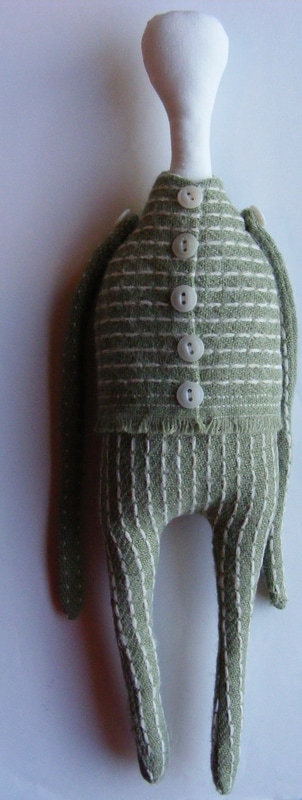
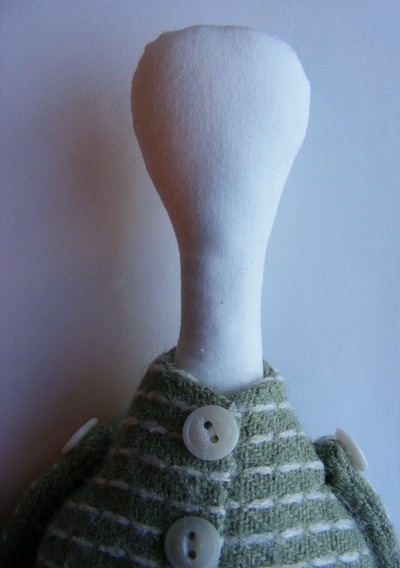
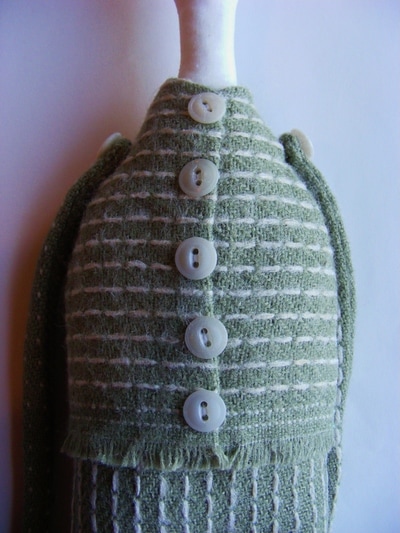
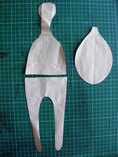

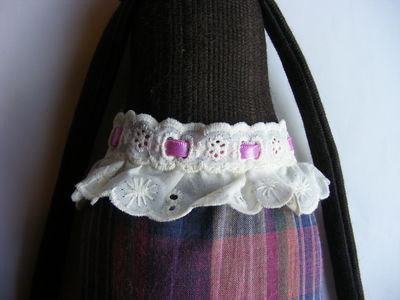
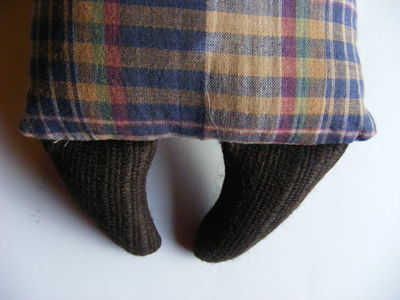
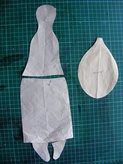
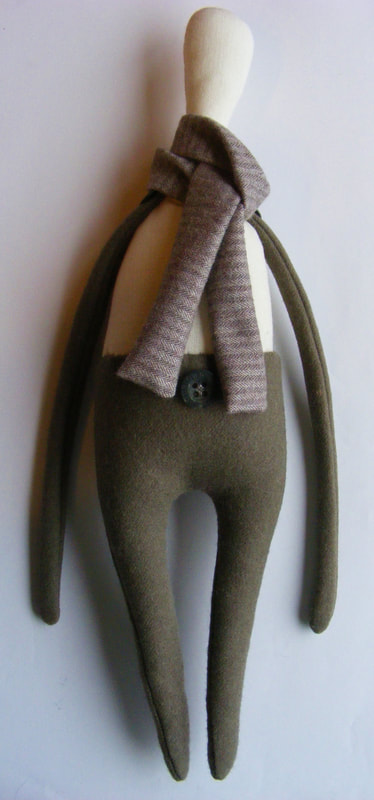
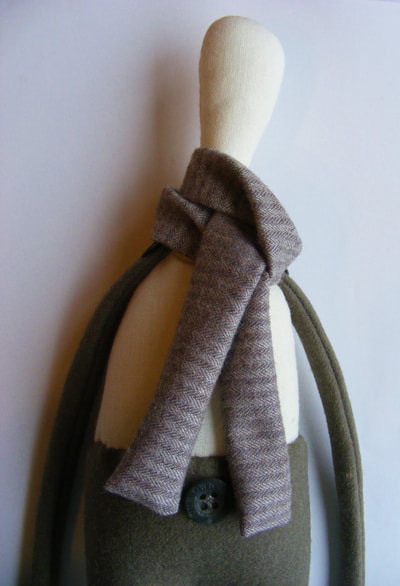
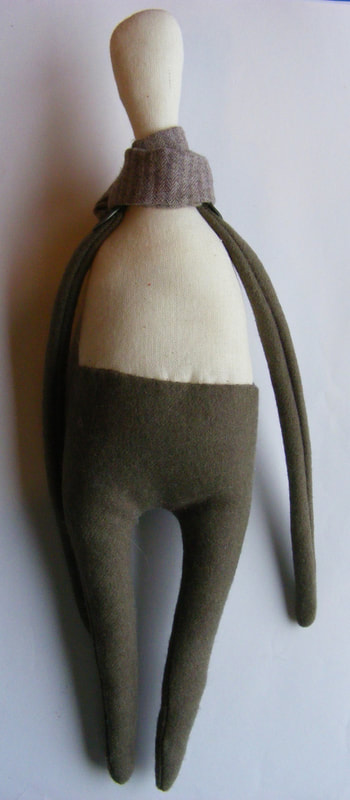

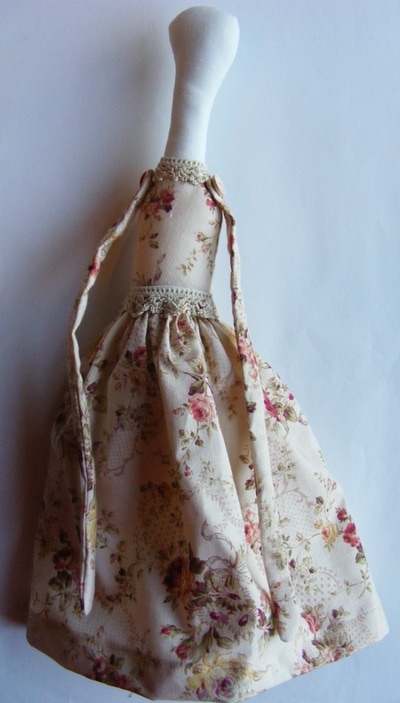
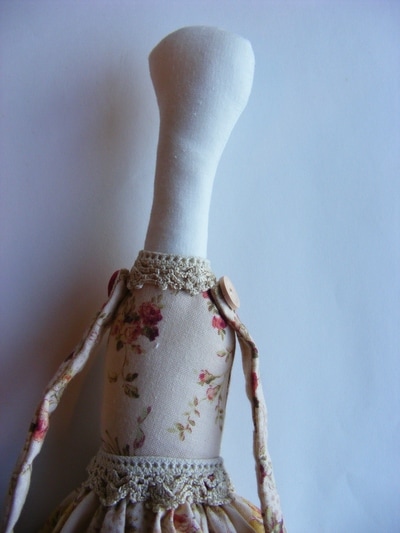
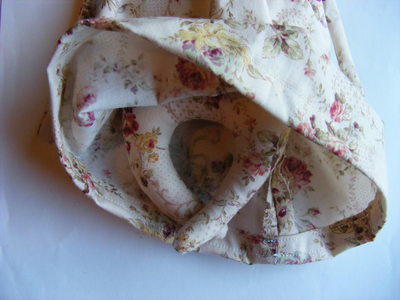
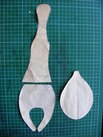

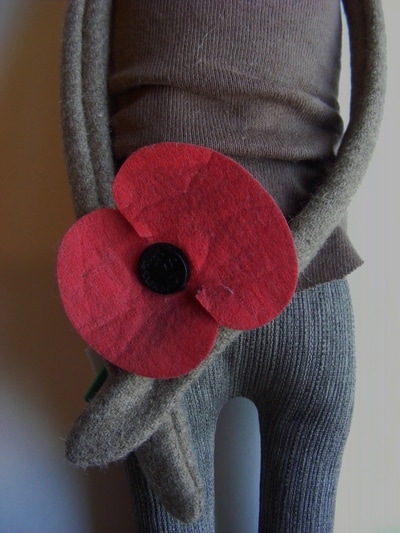
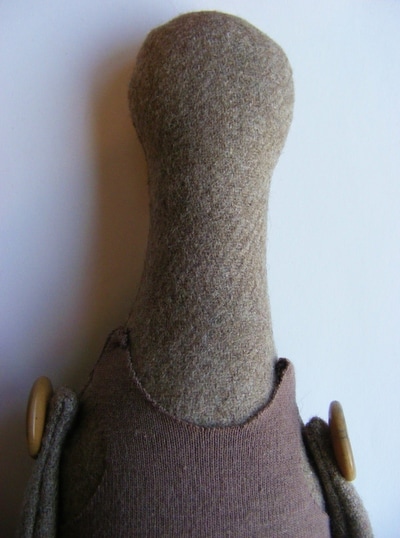
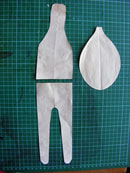


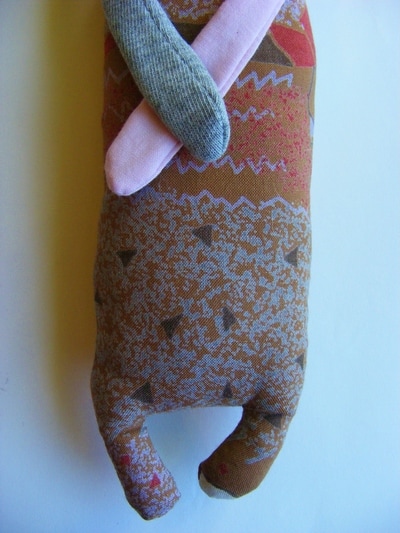
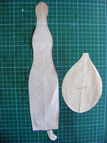

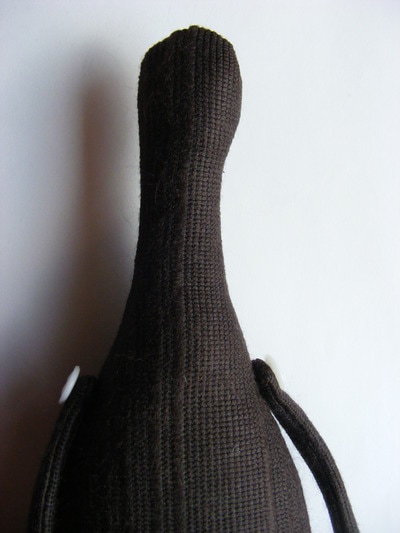
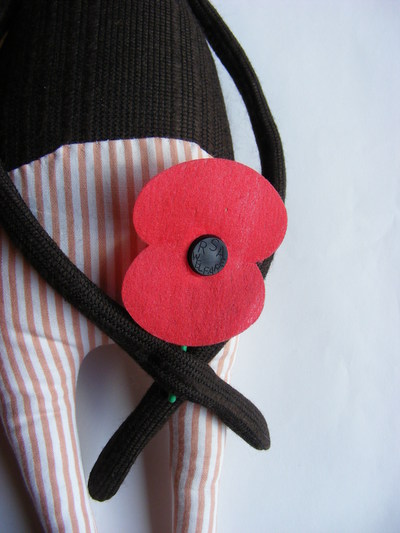
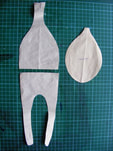
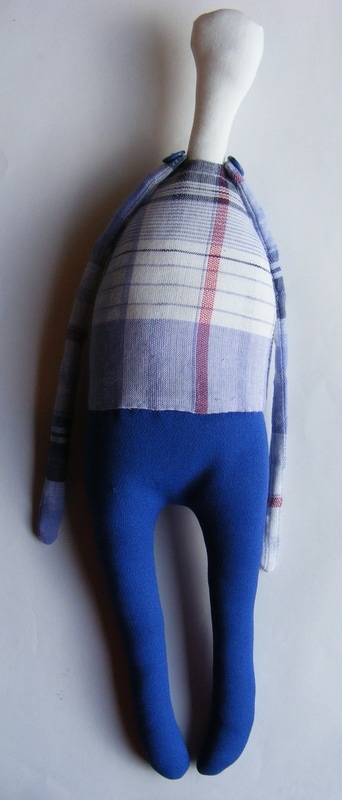
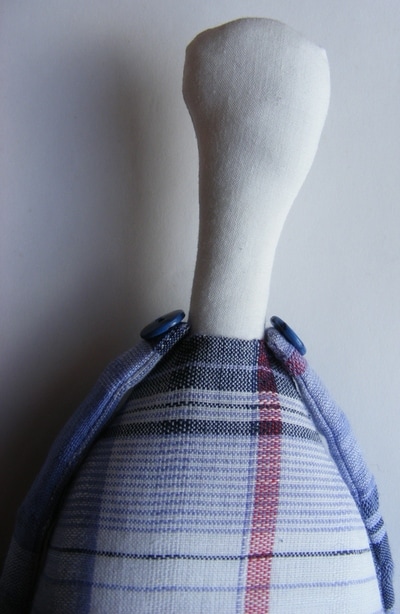
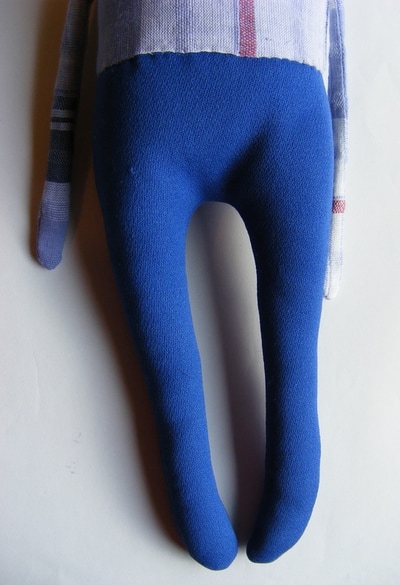
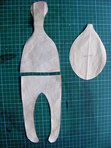
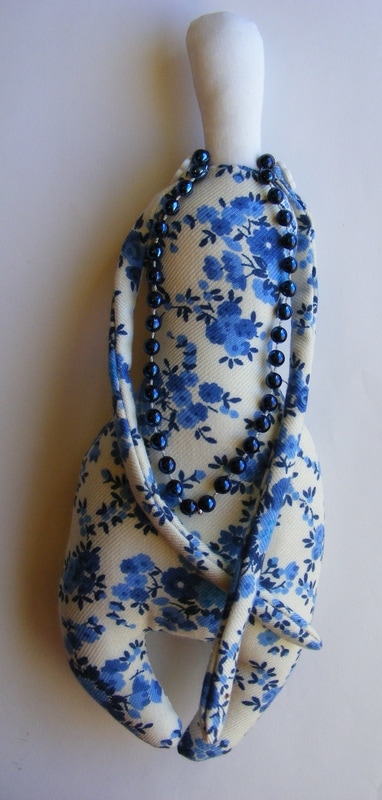
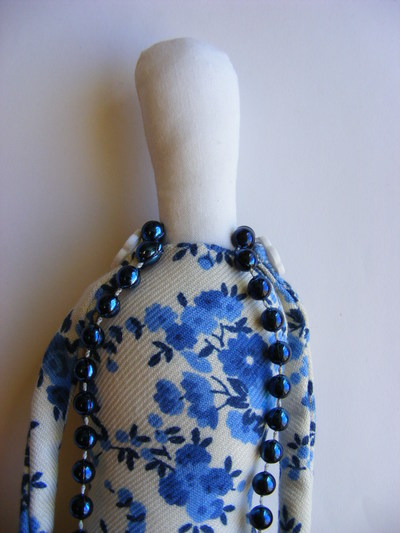
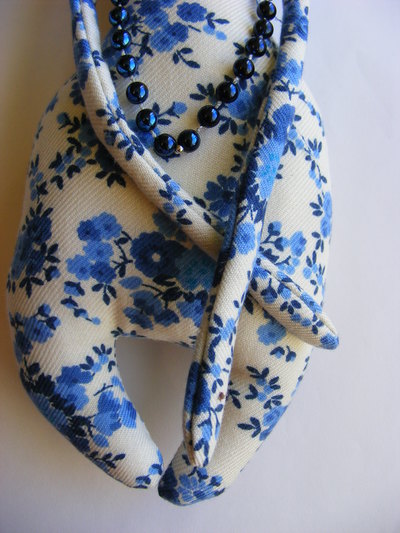
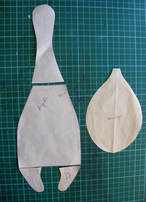
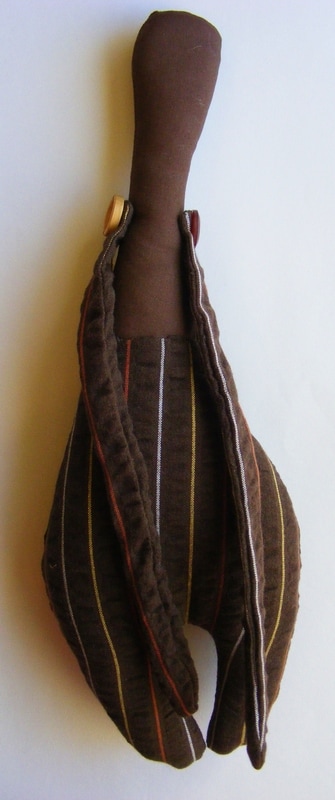
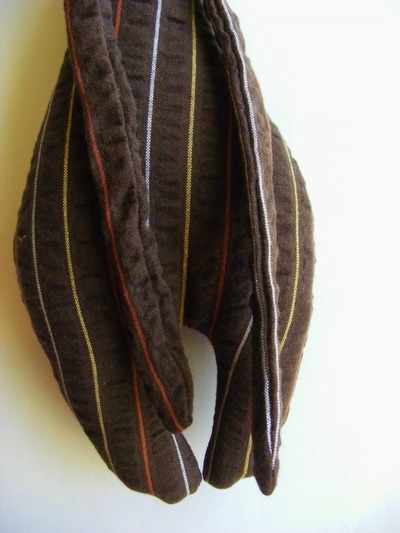
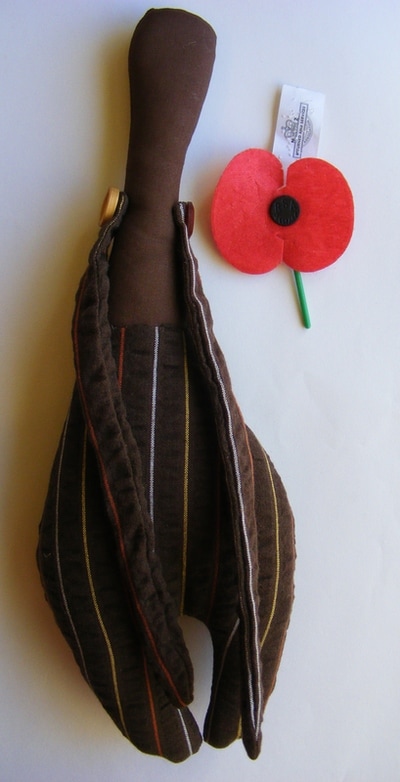

 RSS Feed
RSS Feed
